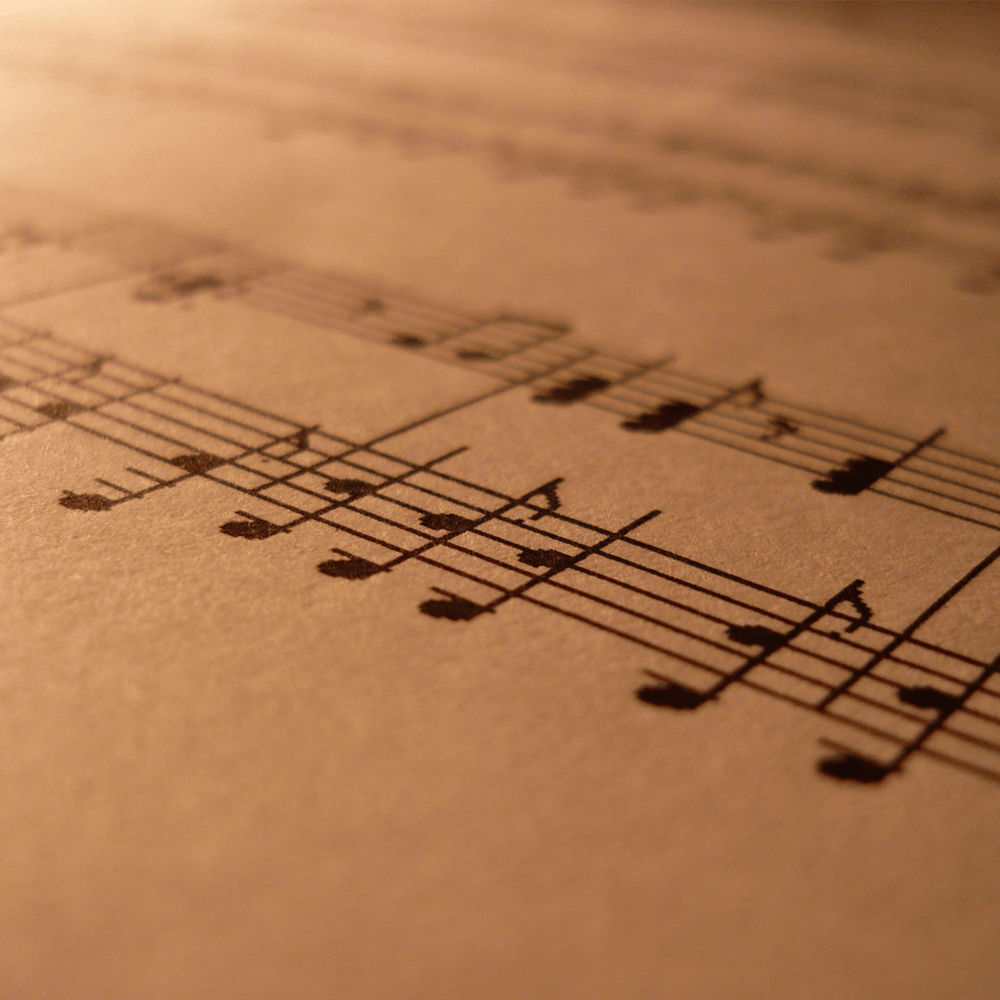Here we look at the basic concepts of the notes and intervals.
As you know, there are 7 notes in music. And they are designated by the first large seven letters of the English alphabet, respectively A B C D E F G.
Notes on the piano keyboard:

Everything is simple here. White keys are natural notes, black keys are sharp / flat notes. They are mark by the signs # and ♭, respectively.
C major scale consist only natural notes with tonic of C.
For simplicity of understanding, we will call the tonic being the note with which scale begins.
C Major Scale: C D E F G A B.
If we look at the piano keyboard, we see that there are no black keys between the notes E and F, same as between B and C. In musical notation, the interval between these two notes is called a half step. Between all other natural notes, the interval is called the whole step, and between them there are sharp / flat notes, as shown above.
Lets arrange all notes in order, starting with C:
Lets arrange all notes in order, starting with C:
We got 12 keys of music.
Intervals
Interval is the distance between two notes.
Next, we will consider all the notes and the intervals between them within one octave.
Let’s assign each note its own number using 12 keys of music with tonic of C:

Whole and Half Step Intervals
Whole and Half Step Intervals
For C major scale it is the distance between notes E and F, as well as B and C. Some more examples:
G, G#/A♭
D, D#/E♭
F#/G♭, G etc.
The distance at two notes interval comprising two half steps is called whole step. These are 1 and 3, 2 and 4, 6 and 8 and others steps. According to the above figure, these will be the following notes:
C, D
C#/D♭, D#/E♭
F, G etc.
Half step and whole step intervals are also called minor second and major second intervals respectively.
Let us consider with the help of which intervals the C major scale is constructed.
W – whole step interval;
H – half step interval:

All Other Intervals
All other intervals relative to C are shown in the table:
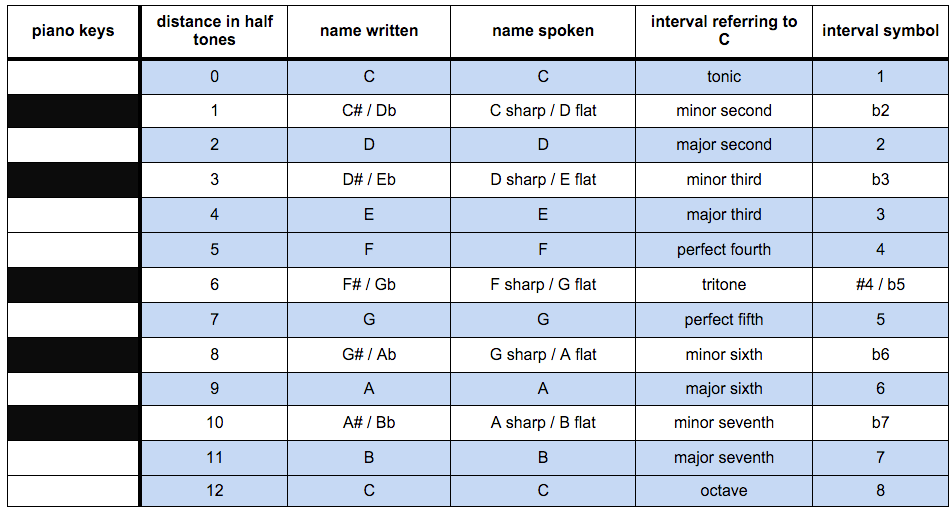
Octave
An octave is an interval between two identical notes, different in pitch. In music, a group of notes from C of one octave to C of the next octave has the numeration – it is 1 octave, 2 octave, 3 octave etc. For guitar and piano, this is shown graphically in the image below.
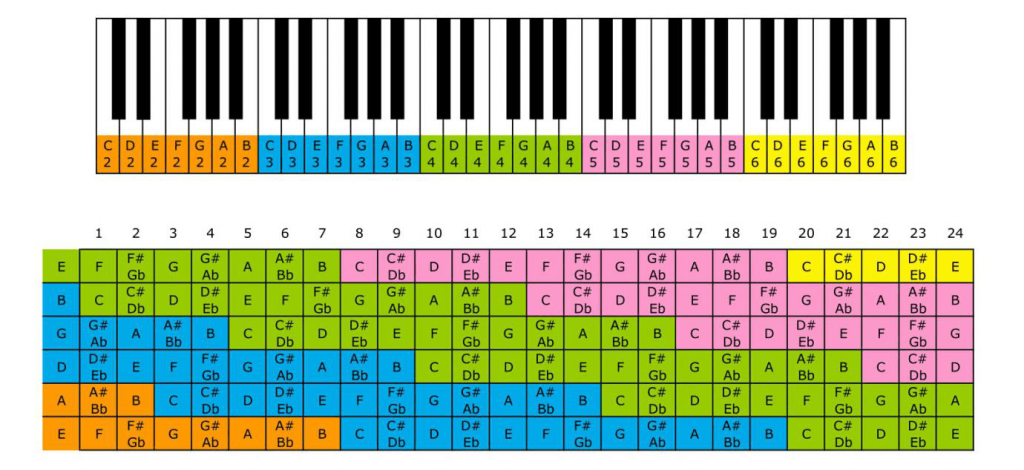
For a guitar, this numbering may be different and begin with a small octave:

– Small octave

– 1st octave

– 2nd octave

– 3rd octave

– 4th octave
If we take our twelve notes and go through them in order, the thirteenth note will be the same as the first, but already an octave higher, the 14th is the same as the second, but an octave higher, etc.
A few examples of an octave:
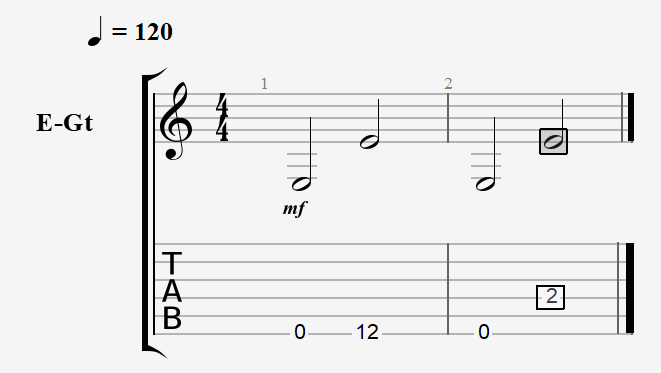
In the image above we see E of the small octave and E of the 1st octave.
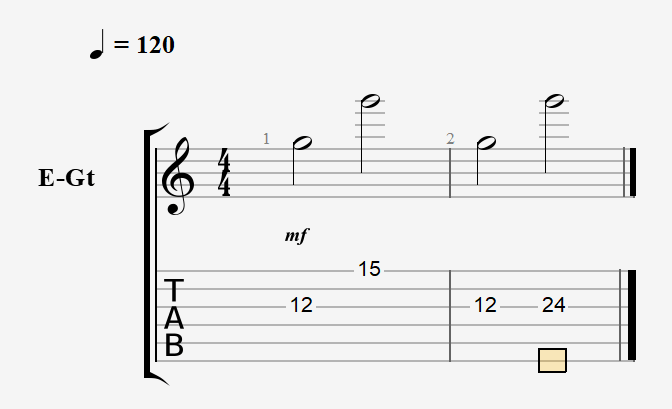
Here is the G of the 2nd octave and G of the 3rd octave.
Next, we consider all other intervals in order with the tonic of A of a small octave within one octave.
Unison
These are 2 notes of the same octave (can be played on guitar and other stringed instruments).
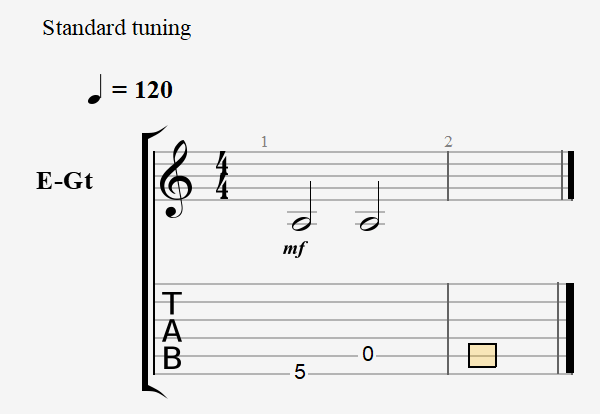
Minor second
This is the distance between the two nearest notes – between the first and second note of twelve.
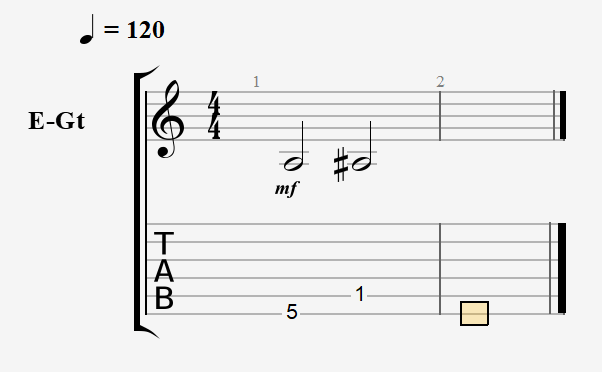
Major second
The distance between the first and third notes.
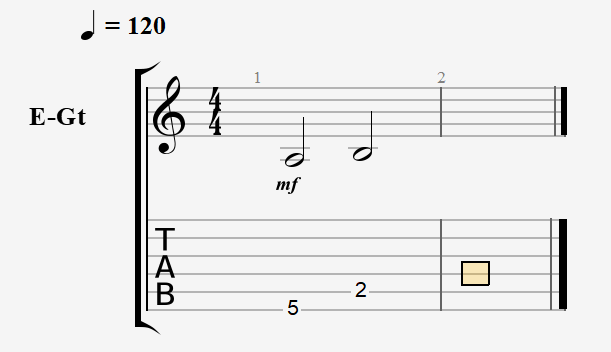
Minor third
The distance between the first and fourth notes, respectively.
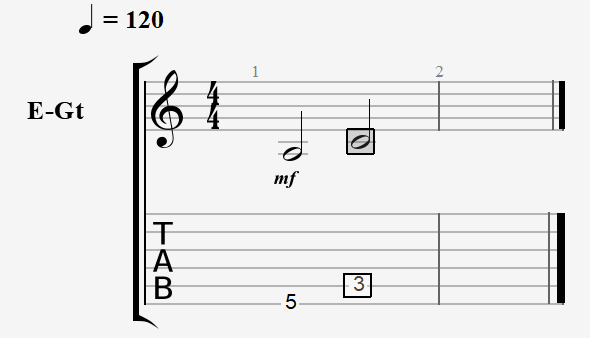
Major third
The distance between the first and fifth notes.
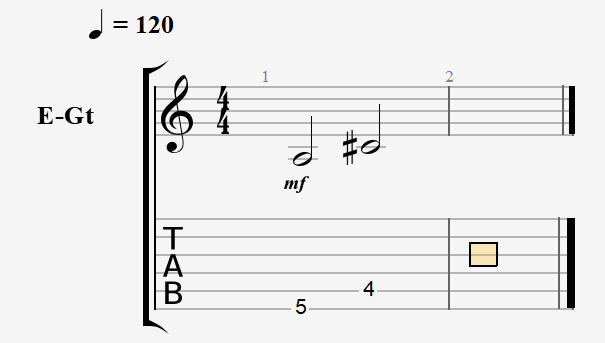
The fourth
The distance between the first and sixth notes.
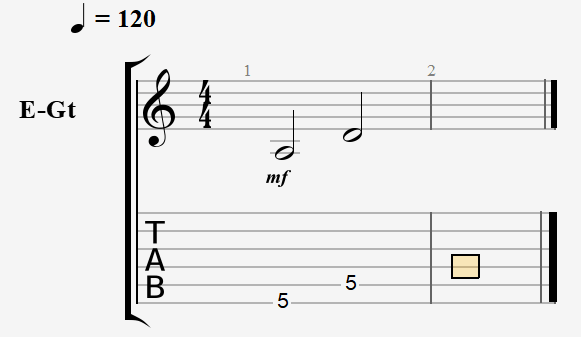
Augmented fourth (Tritone)
The distance between the first and seventh notes.
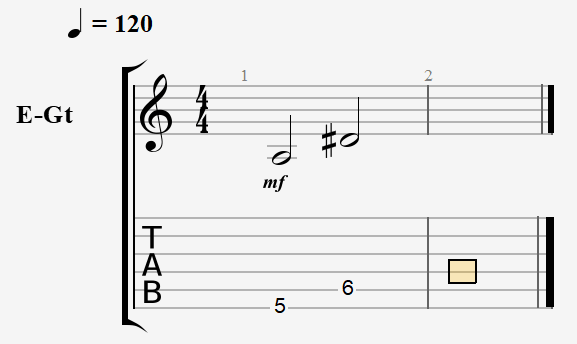
The fifth
The distance between the first and eighth notes.
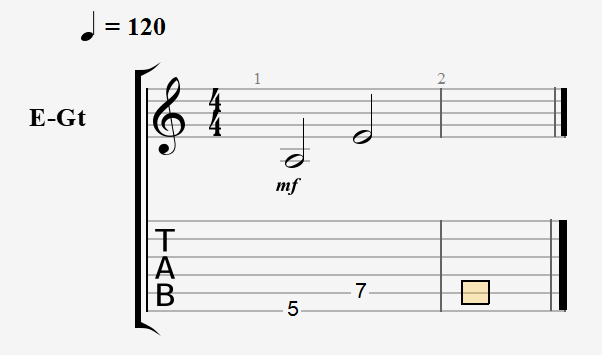
Minor sixth
The distance between the first and ninth notes.
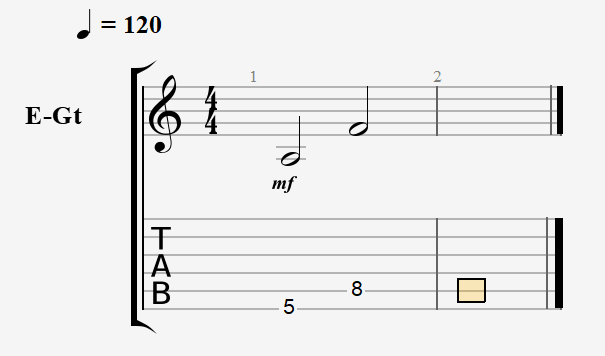
Major sixth
The distance between the first and tenth notes.
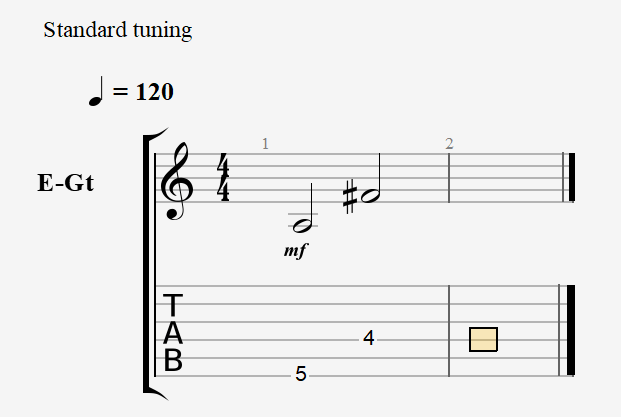
Minor seventh
The distance between the first and eleventh notes.
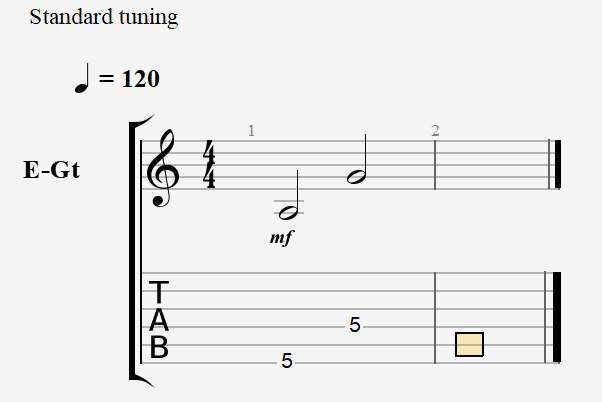
Major seventh
The distance between the first and twelfth notes.
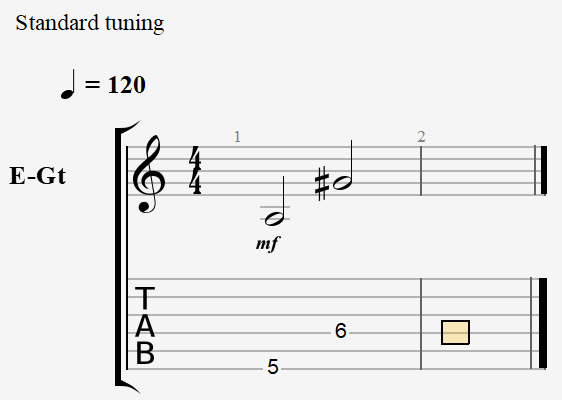
Above, we examined notes and intervals within one octave.

